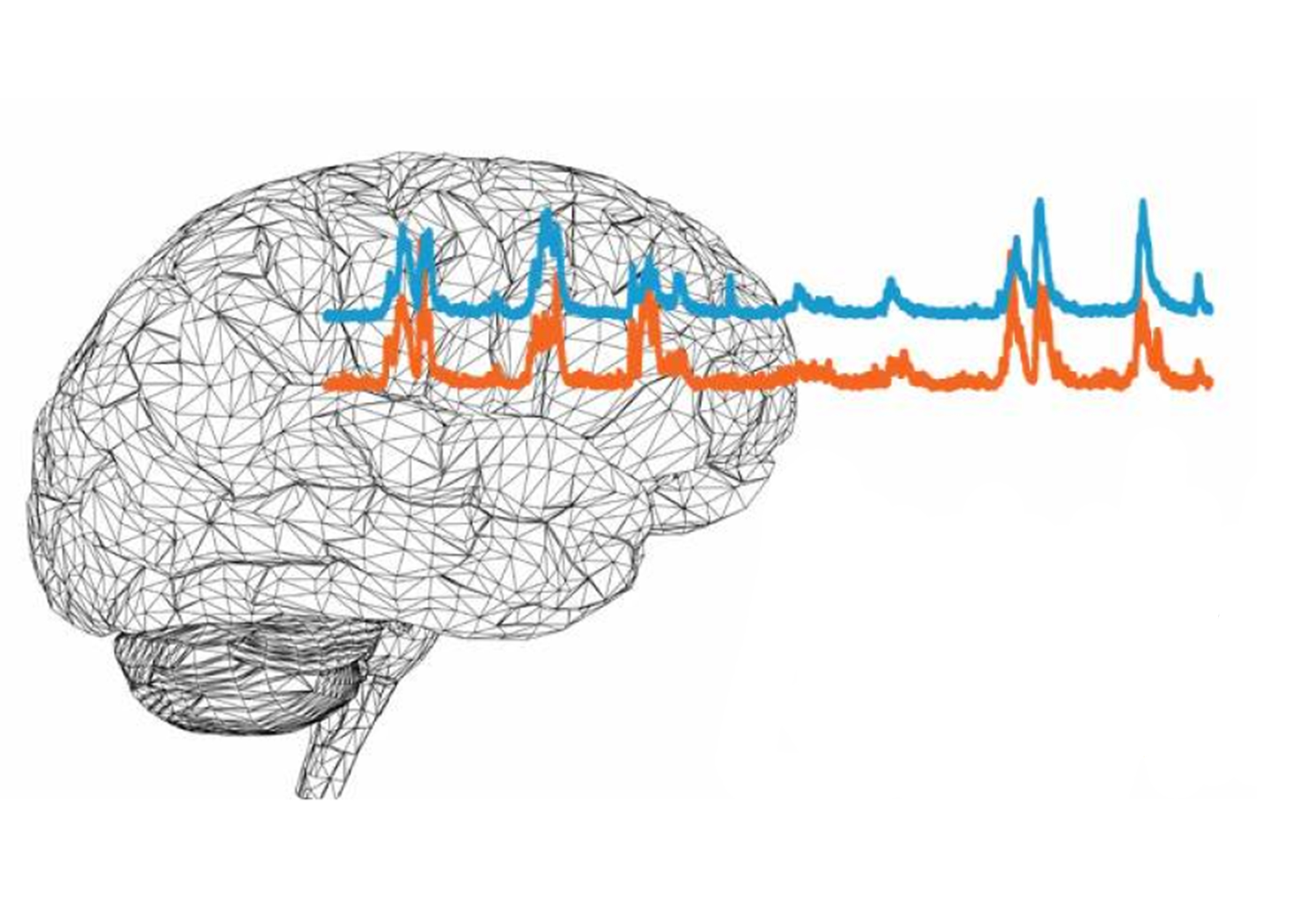Are our brains fractals, and why should we care?: AC2 student researchers combine math, biology and psychology in new study

Can brain geometry help us understand mental health?
Rising SUNY New Paltz seniors Amani-Dasia Agustin ’23 (Biology) and Anthony Cooper (Mathematics) partnered with Associate Professor of Mathematics Anca Radulescu this summer to try and answer that question, through an interdisciplinary study examining how geometric patterns in our brains might determine mental health outcomes.
The project, made possible by the College’s AC2 Program, is on the cutting-edge of modern biopsychology. It evaluates physical patterns in brains as fractals – shapes that appear to repeat at different scales – and how these could relate to how neural networks process and convey information.
“It’s important to measure how our brains communicate signals so clinicians are not just using symptoms to diagnose mental health conditions, but actually going inside the brain to understand the causes of certain behaviors,” said Agustin.
Both Agustin and Cooper are psychology minors, so the endeavor allowed them to merge their interests in both the social and natural sciences.
“We thought it would be cool to go deeper into researching something new on how the sciences and psychology can go together so we could present in a fun and interesting way to the public,” said Cooper.
The research, outlined in an initial presentation titled “Using fractals to understand brain function” is in preliminary stages, but it suggests possible avenues for using artificial intelligence to diagnose mental illnesses.
“You can use data from brain scans to figure out how to diagnose patients with mental illness or other conditions, rather than just symptoms,” said Agustin.
The team used mathematical principles and what Radulescu called “a massive computational effort” to simulate brain Mandlebrot fractals, such as the one seen below:
“We decided to put this tiny little toy model that produces this brilliant-looking fractal and computed to see differences between simulated brains of people,” said Radulescu. “The brain is a big system operating with lots of parts, so it’s probably acting as a fractal implementing the same principles at different scales. And it probably uses math to do so.”
The research evolved rapidly over the course of the five-week summer experience.
During their first simulation, the team realized that their brain map had a high percentage of weak connections that were difficult to decipher. In response, they marked new hresholds of connectivity to better examine brain activity. Over time, weak connections were reduced to where there were a higher percentage of decipherable strong connections, and it was easier to examine different behavior patterns.
This is just one of the many AC2 research projects that are conducted at SUNY New Paltz each year. To learn more about how the program supports STEM students, visit their website or Instagram page @ampcstepnp


